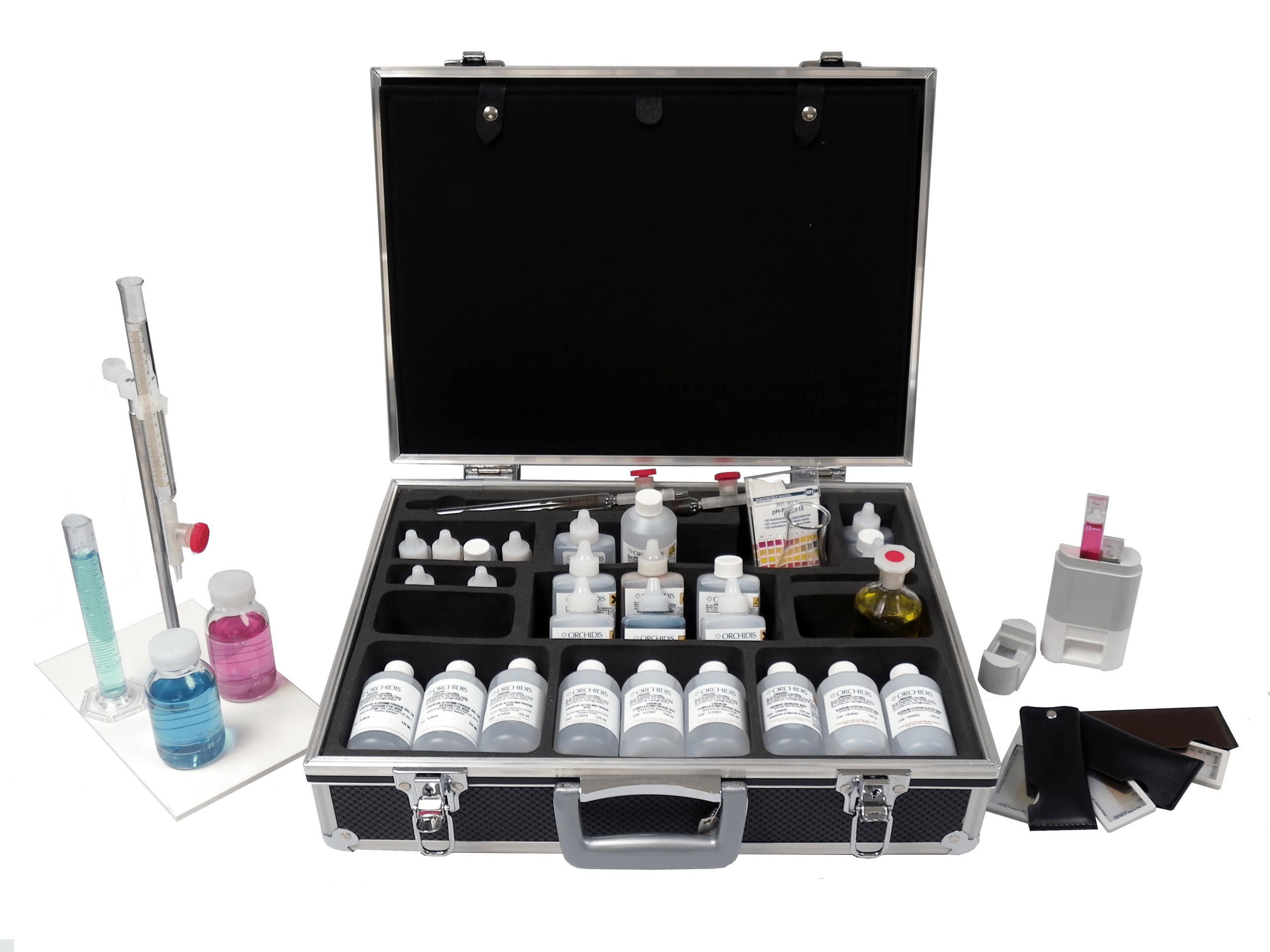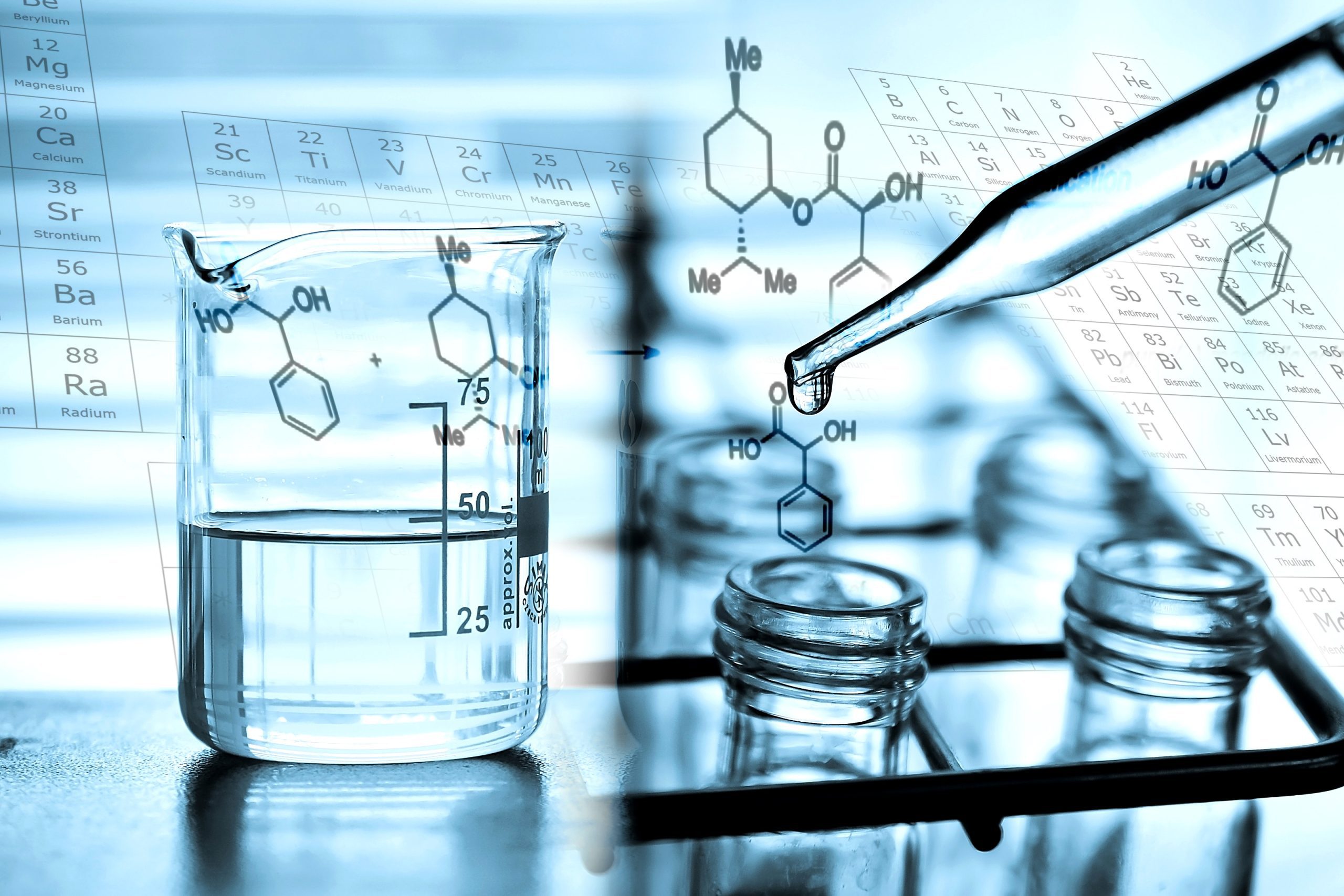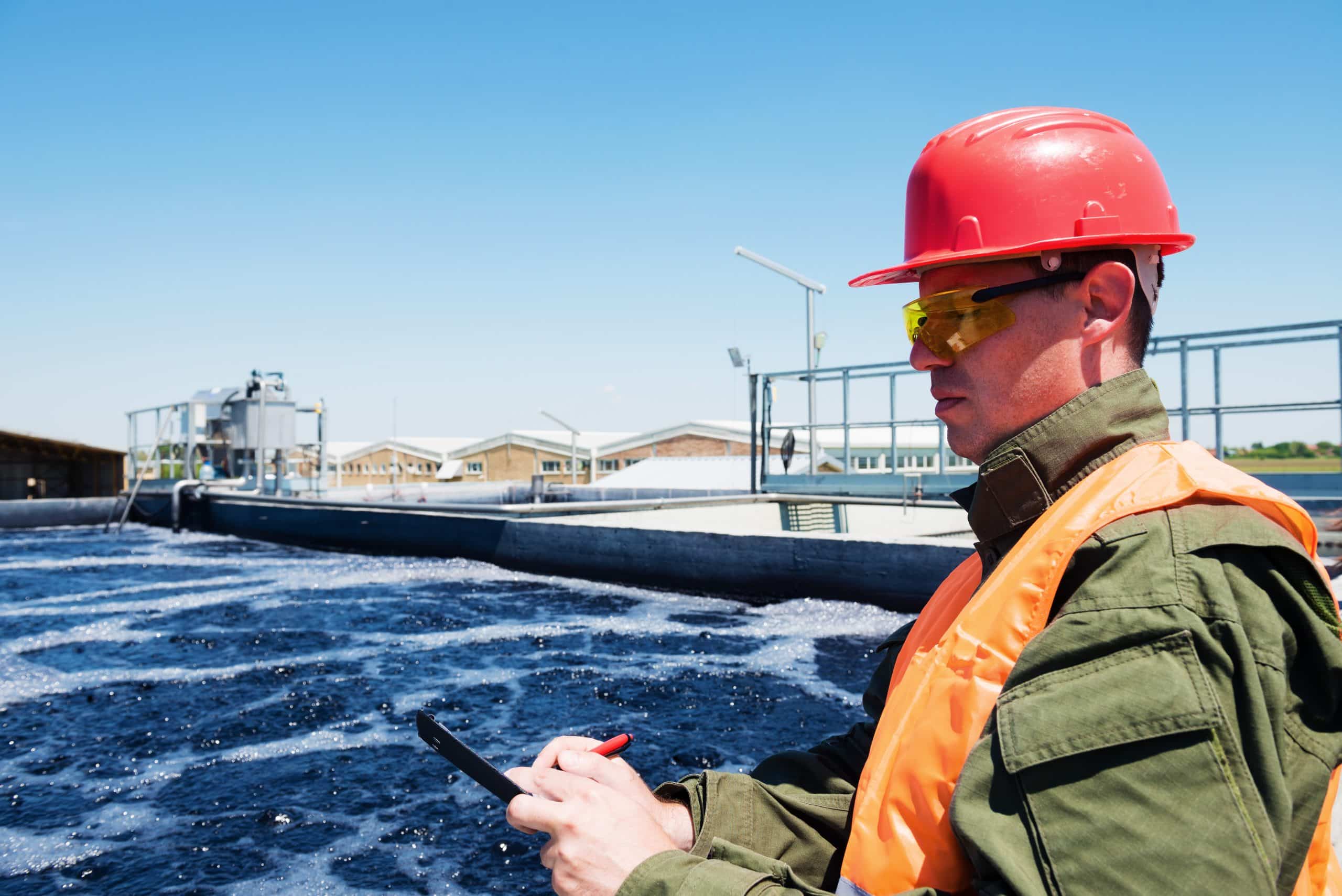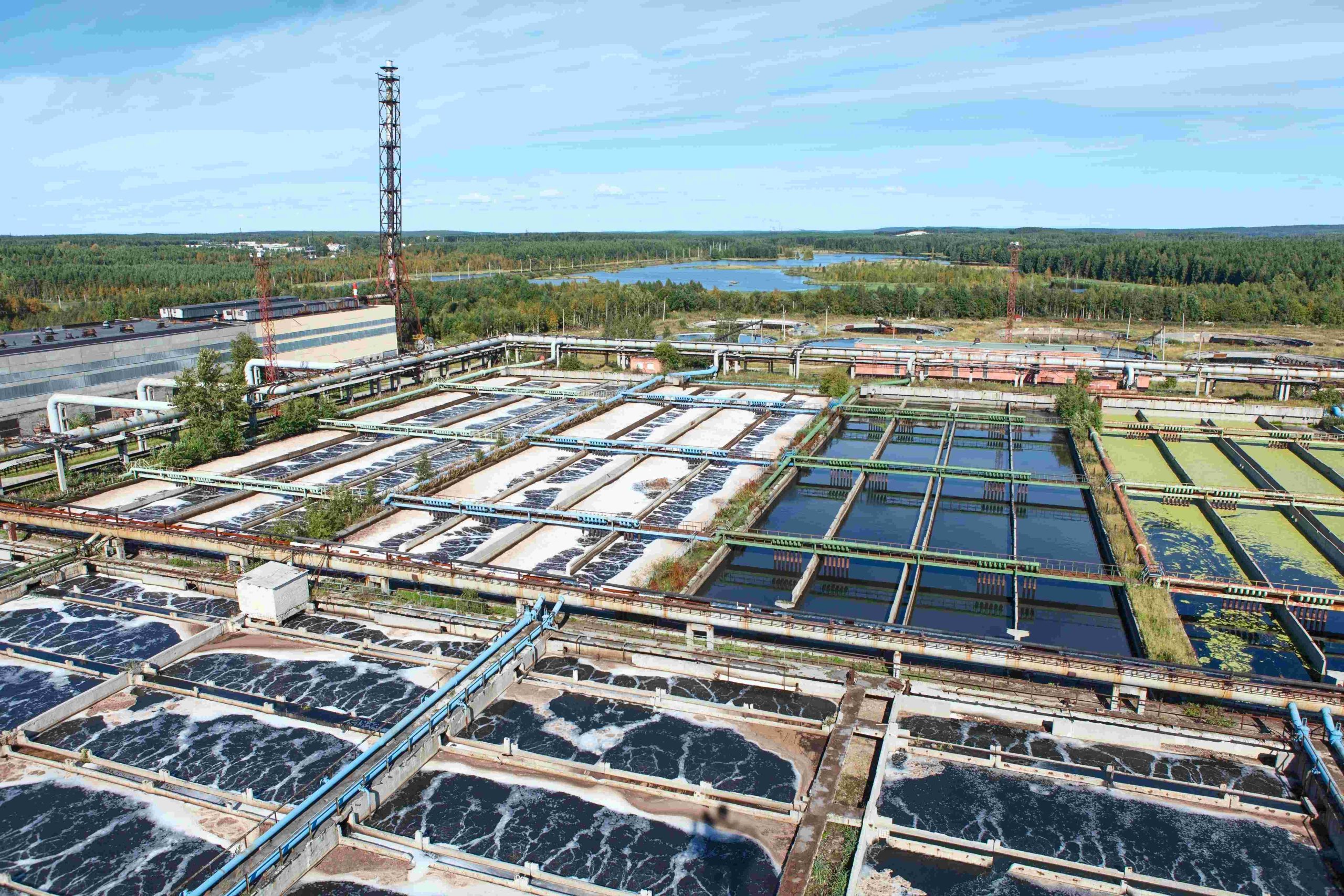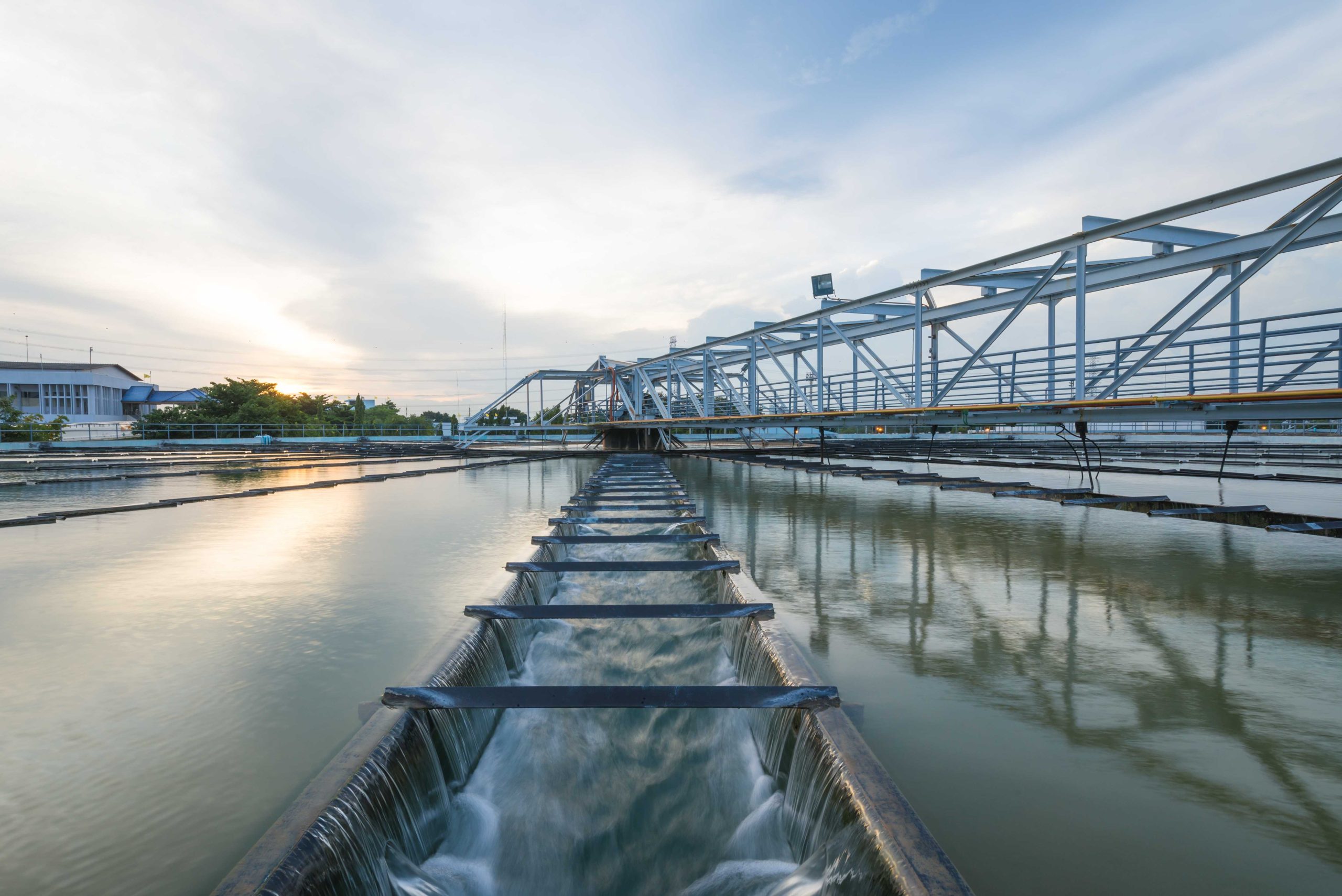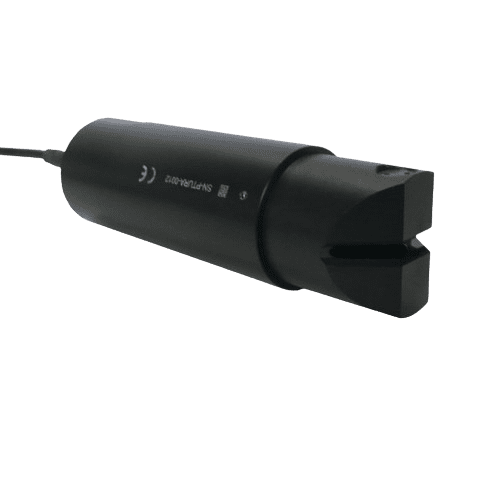
MES5 sensor
The cutting-edge MES5 probe for total suspended solids and turbidity measurement in water, is engineered with advanced optical infrared absorptiometry technology, ensuring accuracy and reliability in numerous water treatment applications.
Learn more

